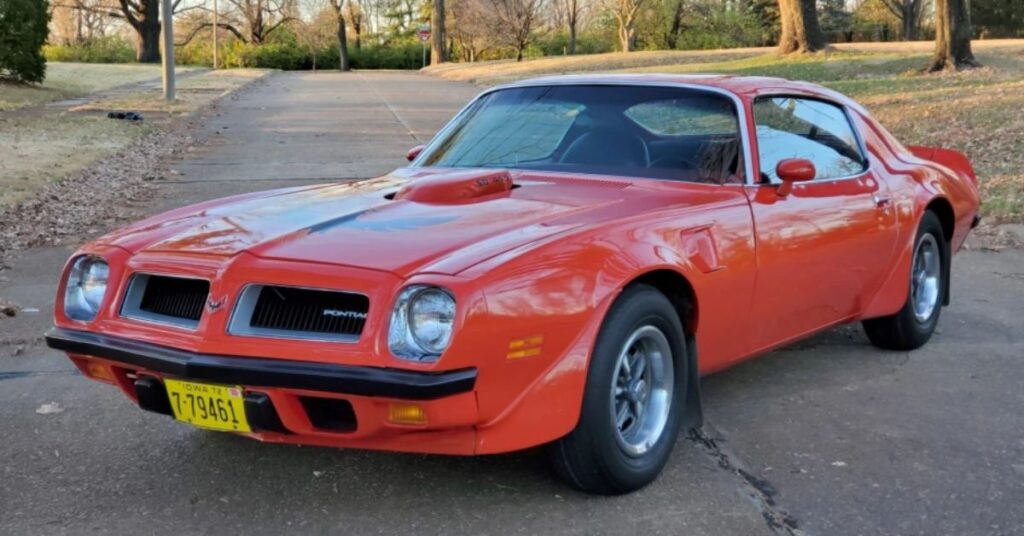In the realm of American muscle cars, the year 1974 is often associated with a decline in performance due to increased insurance premiums, emissions control regulations, and the pursuit of better fuel economy. However, Pontiac defied the odds and continued to produce an exceptional muscle car in the form of the 1974 Pontiac Trans Am Super Duty 455. This article delves into the significance of this car, its unique features, and its lasting impact on automotive enthusiasts.
The Evolution of Muscle Cars in the 1970s
In the early 1970s, the muscle car era experienced a gradual decline. Stricter emission standards, rising insurance costs, and fuel efficiency concerns compelled many automakers to compromise performance in favor of other considerations. Despite these challenges, Pontiac remained committed to producing high-performance vehicles.

Pontiac’s Super Duty option had its roots in the 1960s when the company manufactured factory-produced race cars. By the early 1970s, the Super Duty badge adorned the powerful 455 cubic inch engine, with numerous enhancements setting it apart from the standard 455.
A Closer Look at the Super Duty 455 Engine
The Super Duty engine featured a special block casting, unique cylinder head casting, and a larger distributor hole. Strengthened webbing between the lifter bores and four-bolt main caps contributed to its exceptional durability. The engine boasted larger intake and exhaust valves, a high-lift camshaft, and an 800 CFM Rochester Quadrajet four-barrel carburetor.
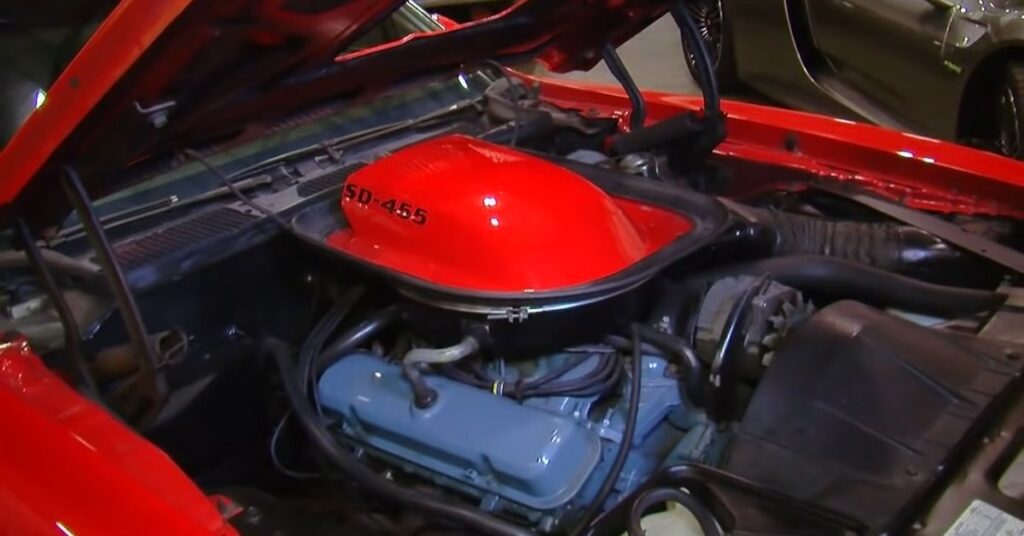
Despite a relatively modest compression ratio of 8.4:1, the Super Duty 455 engine delivered impressive power. With 290 horsepower and 390 foot-pounds of torque, the car provided exhilarating acceleration and thrilling quarter-mile times. The Super Duty Trans Am could achieve mid 13-second quarter-mile times, showcasing its true performance capabilities.
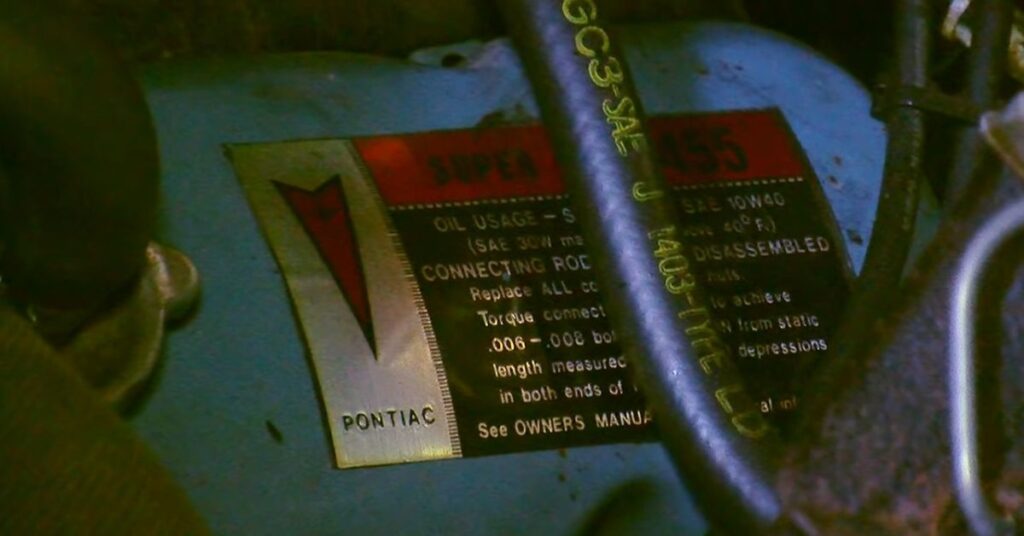
The 1974 Pontiac Trans Am retained the iconic design elements that made it instantly recognizable. The exterior featured a distinctive front air dam, fender flare extensions, the classic Pontiac Rally II wheels, and a rear spoiler. These styling cues added both aesthetics and aerodynamic performance to the car.
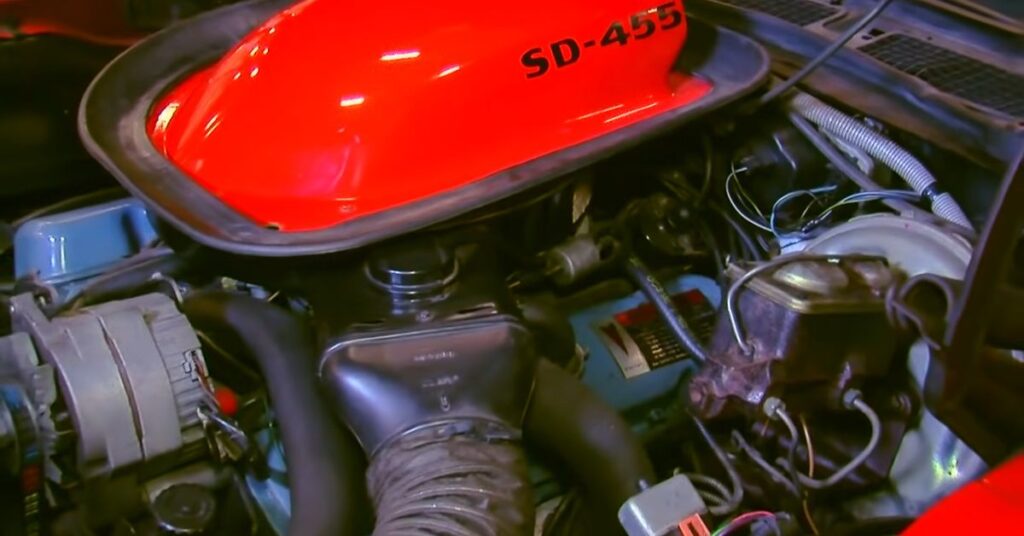
Interior Comfort and Design
The interior of the 1974 Trans Am exemplified the perfect blend of comfort, style, and performance. The dashboard featured an engine-turned aluminum panel behind the gauges, creating a visually striking backdrop. The large, easy-to-read gauges included an 8,000 RPM tachometer and a 160 mph speedometer. Additional touches such as the “Radial Tuned Suspension” badge emphasized the car’s optimized suspension system for radial tires.
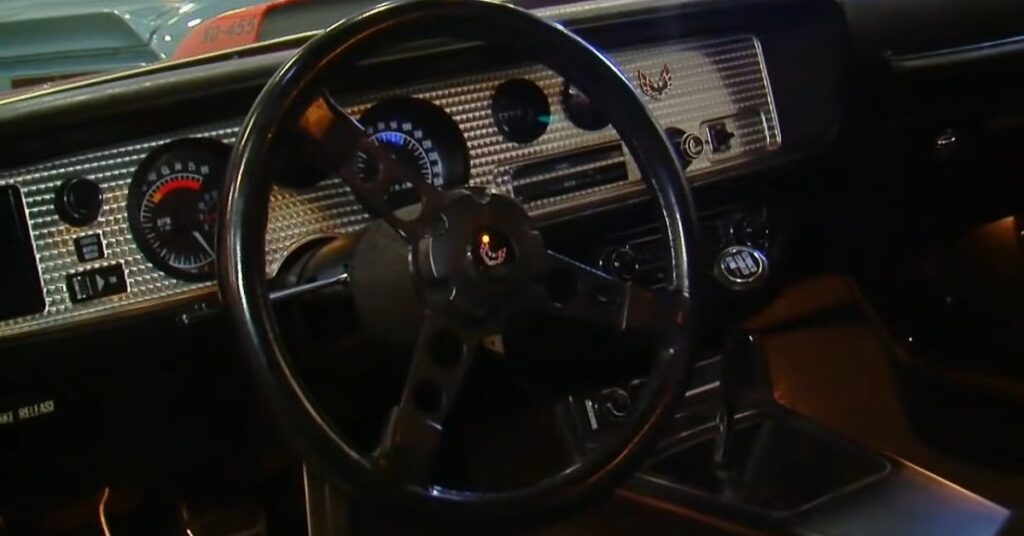
The cockpit of the 1974 Pontiac Trans Am Super Duty 455 is designed with the driver in mind. The ergonomically positioned controls and gauges ensure easy access and intuitive operation. The engine-turned aluminum panel behind the gauges adds a touch of sophistication and reflects the car’s performance-oriented nature. The large, easy-to-read gauges, including the 8,000 RPM tachometer and 160 mph speedometer, keep vital information within the driver’s line of sight, allowing for precise monitoring of performance metrics.
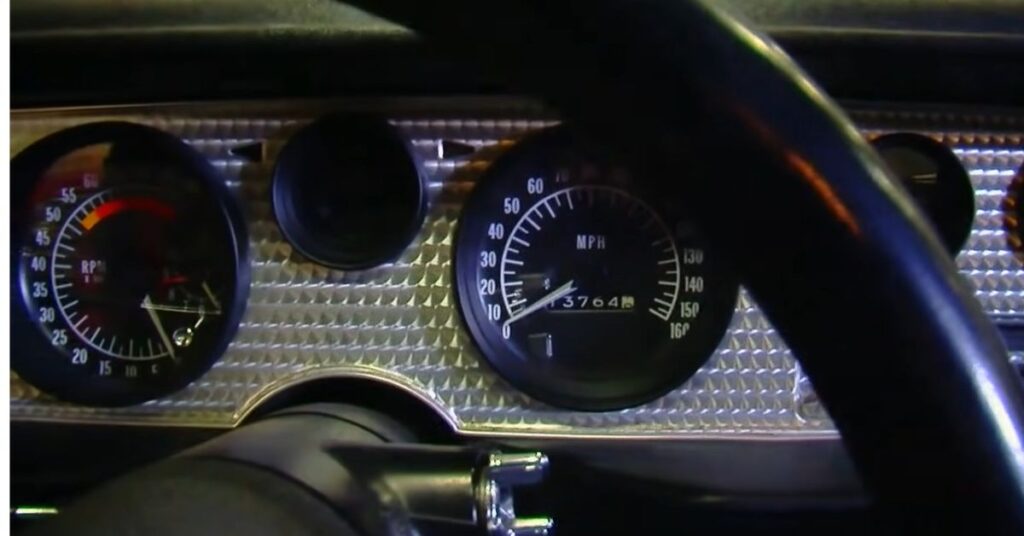
Pontiac paid meticulous attention to detail when crafting the interior of the 1974 Trans Am Super Duty 455. The iconic Trans Am logo is proudly displayed on the steering wheel and embroidered into the seatbacks, showcasing the car’s heritage. The interior also features unique touches like the radial-tuned suspension badge, reminding occupants of the car’s exceptional handling capabilities. From the brushed aluminum accents to the thoughtfully designed layout, every element in the cabin speaks to the car’s performance pedigree while maintaining a level of comfort and style that is second to none.
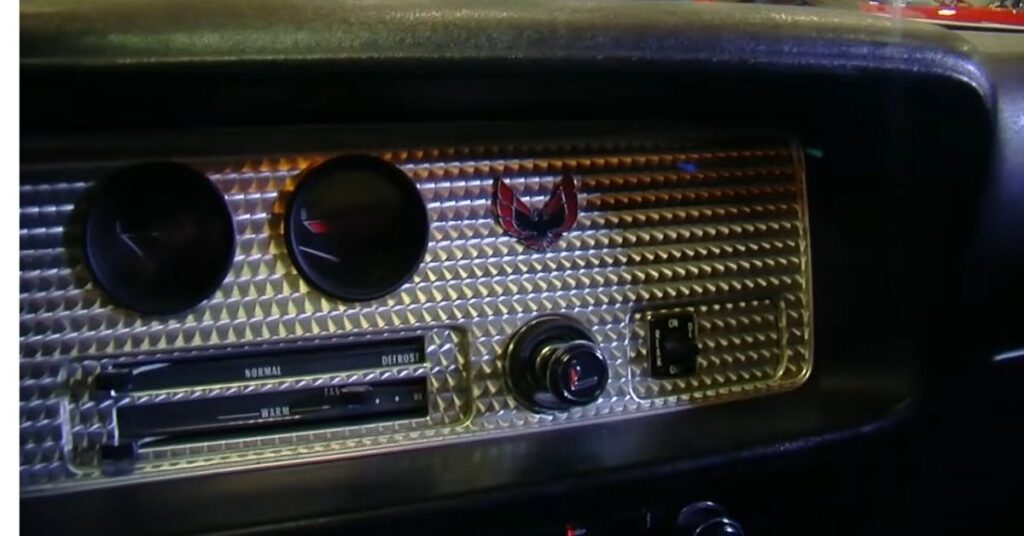
Styling Changes in the 1974 Model Year
1974 marked a transitional year for Firebird styling. The introduction of federally mandated 5 mph crash bumpers led to a distinctive new front end with scooped headlights. The rear bumper also underwent changes to meet safety standards. Despite these modifications, the 1974 Trans Am retained its classic appeal, with its sleek body lines and attention-grabbing accents.

The 1974 Pontiac Trans Am Super Duty 455 holds a special place in the hearts of automotive enthusiasts and collectors. Its rarity, performance capabilities, and iconic styling make it a sought-after piece of American muscle car history. Car enthusiasts and preservationists continue to appreciate and celebrate these cars, ensuring that their stories and significance are shared with future generations.
Sleek and Aggressive Stance
The 1974 Pontiac Trans Am Super Duty 455 commanded attention with its muscular and aggressive stance. Its low-slung body, coupled with a wide track, gave it a formidable presence on the road.
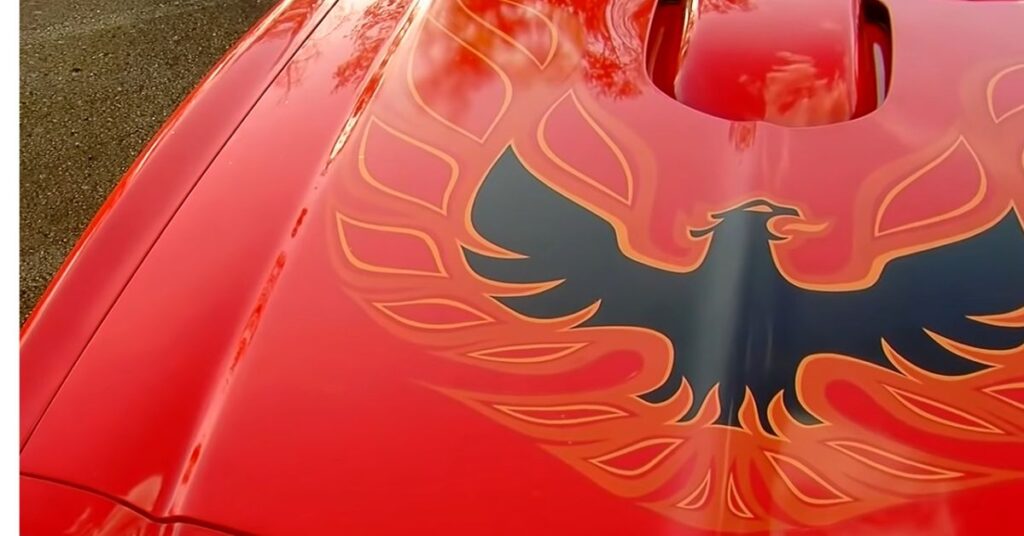
The Trans Am featured the iconic Firebird styling cues that made it instantly recognizable. The front end showcased a bold split grille flanked by quad rectangular headlights, which added a touch of intimidation to its appearance.
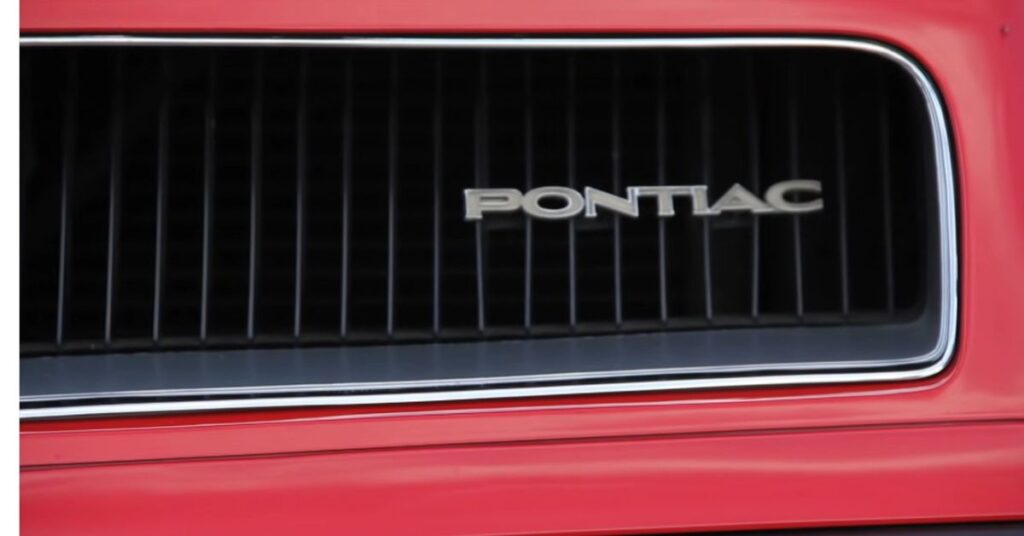
One of the most eye-catching elements of the Trans Am Super Duty 455 was its twin hood scoops. These functional scoops not only enhanced the vehicle’s aerodynamics but also hinted at the power lurking beneath the hood.
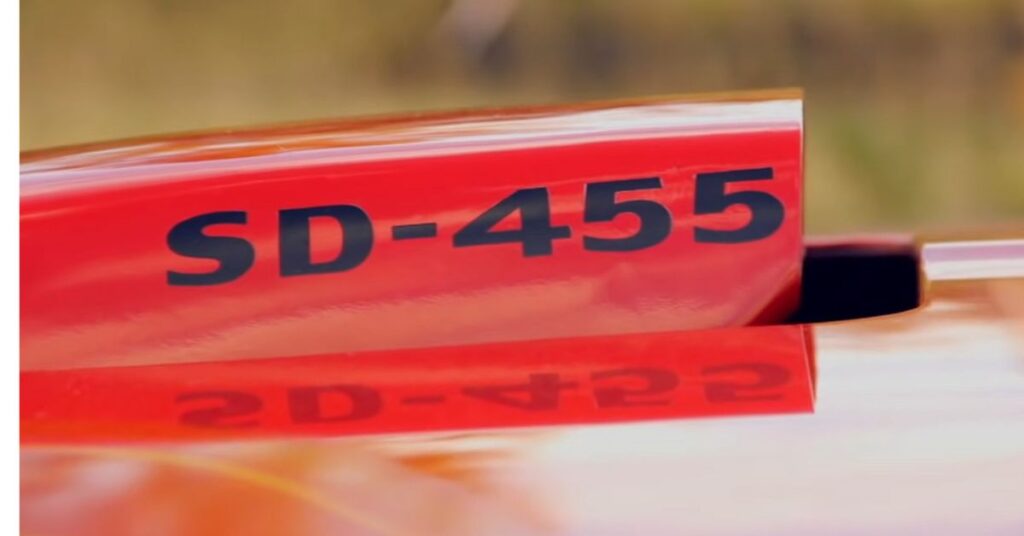
Pontiac paid meticulous attention to detail, evident in features like the unique Trans Am decals and badging. The sleek body lines flowed seamlessly into the rear, where a prominent Trans Am spoiler and dual exhausts further accentuated its sporty character.
Conclusion
The 1974 Pontiac Trans Am Super Duty 455 defied the odds and stood tall during a challenging period for muscle cars. Despite the decline in overall performance during the early 1970s, Pontiac remained committed to producing a high-performance vehicle that captured the essence of American muscle. The Super Duty option, with its unique engine and exceptional power, set the 1974 Trans Am apart from its peers. Its distinct styling, rarity, and enduring legacy cement its status as an iconic muscle car of the era.


